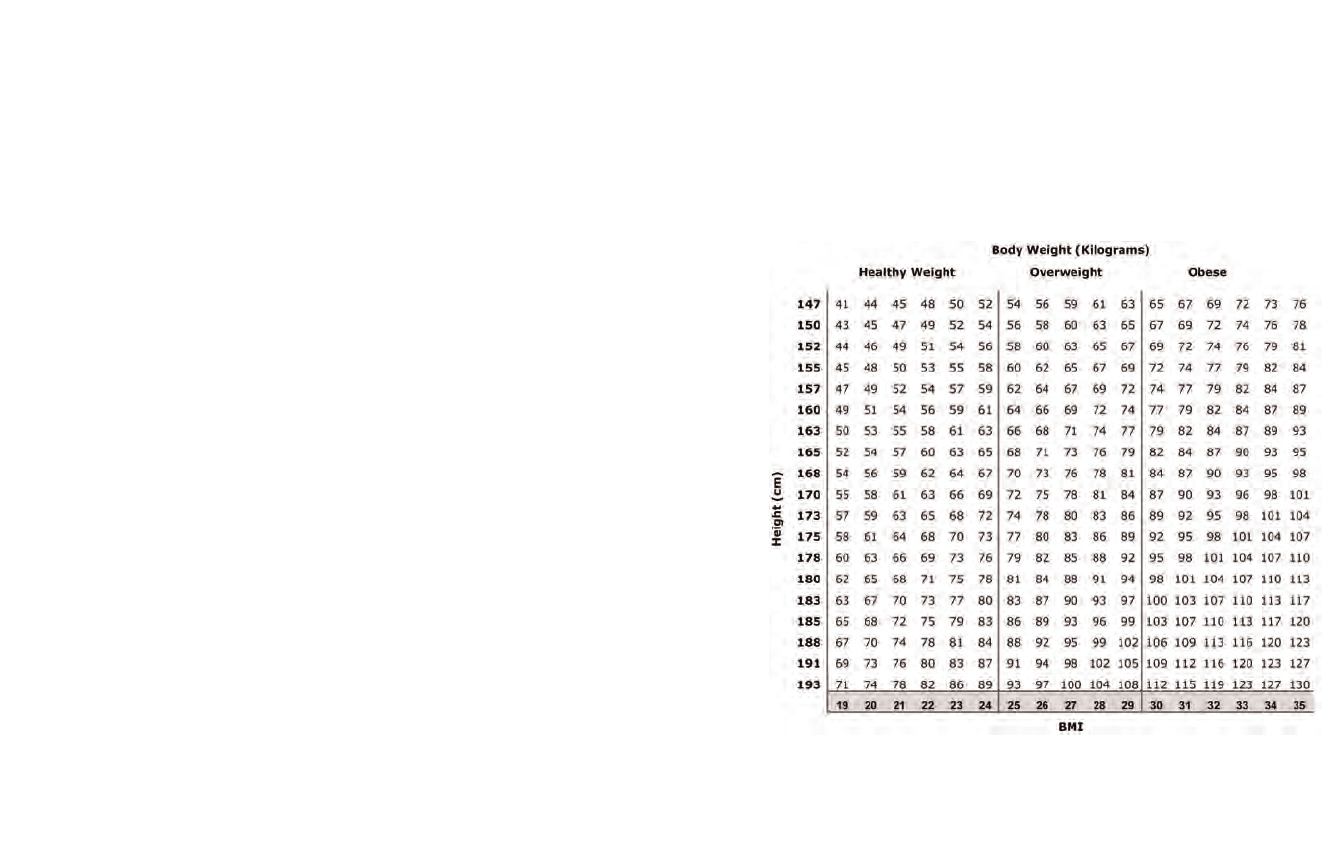
Low Battery
Your scale is equipped with a low battery indicator. It will display “
Lo
” when it is time
to replace the batteries. Replace the batteries when “
Lo
” is displayed or readings grow
dim or become irregular.
Battery Replacement
1. Use 2, 3 volt CR 2032 lithium batteries only (installed).
2. Open battery compartment on bottom of scale by pushing tab in direction of “open”
arrow and lifting up hinged lip.
3. Remove old batteries from compartment.
4. Place the new batteries into battery compartment with “+” sign up.
5. Push down on lid until it clicks shut.
Trouble Shooting
In Case of Difficulty
...
1. Place your feet in the same position every time you weigh yourself.
2. Weigh yourself without clothing whenever possible. Clothes can vary in weight.
3. For the most consistent readings, weigh yourself at the same time of day.
4. Allow for weight fluctuations due to food or drink in your system.
5. Move scale to a location where it won’t be bumped. If your scale is bumped while
being activated or while in use, an inaccurate reading may occur.
Precautions
1. Clean exposed parts with a soft, slightly damp cloth. To remove stains, use a mild
soap. Never use detergents, excess water, treated cloths, harsh cleaning agents,
or sprays. Do not attempt to lubricate or open scale casing, other than the battery
compartment as this will void your warranty.
2. Although your scale is designed to be maintenance-free, it contains sensitive
electronic parts. Avoid rough treatment. Do not drop, kick, or jump on it. Treat it
with care to ensure the best performance.
3. This scale is designed to read weights between 25 and 350 lbs. or 12 and 160 kgs.
To prevent damage, do not place more than 350 lbs. or 160 kgs. on it.
4. Do not store scale where you store cleaning chemicals. The vapors from some
household products may affect the electronic components of your scale. Do not
store scale on its side.
5. This scale is an extremely sensitive weighing device. In order to prevent run down
of the batteries, do not store anything on the scale.
Reaching Target Weight
Maintaining proper weight is essential to healthy living. The Body Mass Index (BMI) is the most
widely accepted indicator of weight status according to health professionals. Use the chart
below to determine your own BMI by matching your height in the left hand column with your
weight in the center. Anyone, male or female, with a BMI of 25 to 29 is considered overweight
and a body mass index of 30 or more is considered obese. Remember to eat right and exercise.
Always contact your physician before beginning an exercise program.
Body Mass Index
NOTE: BMI has some limitations: It can overestimate body fat in people who are very
muscular, and it can underestimate body fat in people who have lost muscle mass, such
as the elderly.




